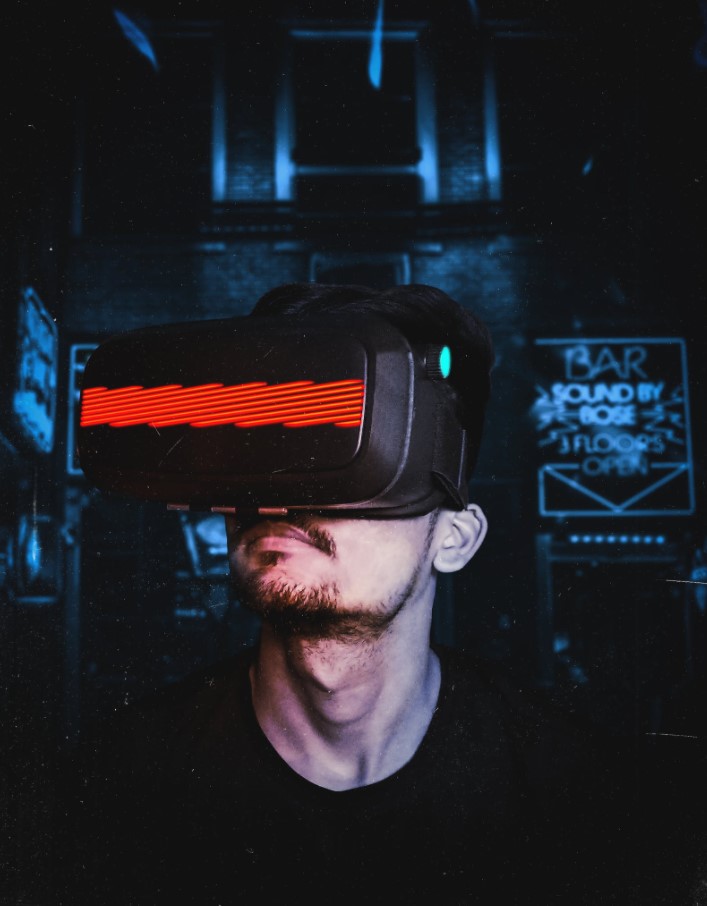UI Trends in ecommerce: Predictions for 2023
Table of content
Table of Contents
E-commerce has become one of the most popular business models in recent years. In fact, e-commerce has grown at a faster pace than any other retail segment in recent years. With the increasing number of digital natives, mobile devices, and social media users, online shopping is now more popular than ever.

With more and more people buying goods online instead of visiting physical stores, e-commerce has also become a perfect opportunity for brands to sell their products directly to consumers without having to go through third party intermediaries. However, with so many businesses selling identical products on their websites, e-commerce sites are no longer just about selling books or apparel online. They have evolved into complex platforms that offer much more than just shopping experiences. From virtual reality dressing rooms to AI customer service bots and voice assistants; here’s an overview of some of the top trends we see emerging in e-commerce that will continue growing in popularity over the next few years:
Voice-Based E-Commerce
Ever since the inception of smartphones, voice-based interfaces have gained popularity. Some top companies have implemented voice-based e-commerce in different ways:
- Amazon has integrated e-commerce functionality with one of its most popular voice assistants, Alexa. Users can search for products and shop them using voice commands. They can even place the order and get the shipment on the same day.
- Apple has developed Siri for its iPhone users who would like to shop for something by voice command.
- Google’s Chrome team has partnered with Shopify to develop a voice-based shopping functionality for e-commerce websites.
Virtual Reality in E-Commerce
Virtual reality is one of the most popular and widely used technologies in the world. There are several technologies that fall under the category of virtual reality. Some of the most common and widely used VR technologies include augmented reality, mixed reality, and virtual reality.
Virtual reality is an immersive experience where you are transported into a virtual world as if you are actually present there. You can interact with virtual environments and items as if they are real and tangible. VR is used in e-commerce in the following ways:
- VR dressing rooms: Using VR technology, e-commerce clothing stores can let customers try on different clothes and accessories without having to visit their premises. This will significantly cut down the cost of running the business with lower infrastructure spending.
- VR shopping malls: VR technology can create a virtual shopping experience for customers as if they are standing in a shopping mall. This will also provide customers with a realistic experience of walking through a shopping mall and browsing through items.

Augmented Reality in E-Commerce
Augmented reality technology is often used for indoor mapping and navigation. However, its functionality can also be extended to e-commerce. With the help of augmented reality, e-commerce websites can showcase images of products in real-life settings.
This technology improves product visualization by adding a virtual layer to real-life images of products. For example, if an e-commerce website sells furniture and you want to buy a table; you can use augmented reality to view that table in your house as if you have already bought and installed it.
Artificial Intelligence in E-Commerce
Closely associating artificial intelligence with human intelligence, we have now used AI in e-commerce as a virtual shopping assistant. Companies have integrated AI-based virtual assistants on their websites and apps to help customers shop online. These virtual assistants can help customers find products and make the purchase.
They can also guide users by offering product recommendations and suggestions. Apart from this, AI can also be used to provide user-generated content, marketing campaigns, and a personalized shopping experience.
3D Environment as a trend in UI E-Commerce
The 3D environment in e-commerce allows customers to explore virtual representations of products. These can be added to the website or even integrated with a shopping app. 3D product representations will give customers a better idea about the product and make it easier for them to buy the product.
3D representations are most commonly found in the automotive, architecture, and footwear industries, but this technology can be applied to a wide variety of products. Some of the leading e-commerce companies are already using the 3D environment to showcase their items.
Conclusion
In this article, we have explored some of the top trends in e-commerce that will continue growing in popularity over the next few years. With the increasing number of digital natives, mobile devices, and social media users, online shopping is now more popular than ever.
Brands can sell directly to consumers through virtual reality, augmented reality, and artificial intelligence technologies on e-commerce websites. Virtual reality, augmented reality, and artificial intelligence technologies are utilising on e-commerce websites to provide direct service to consumers.


